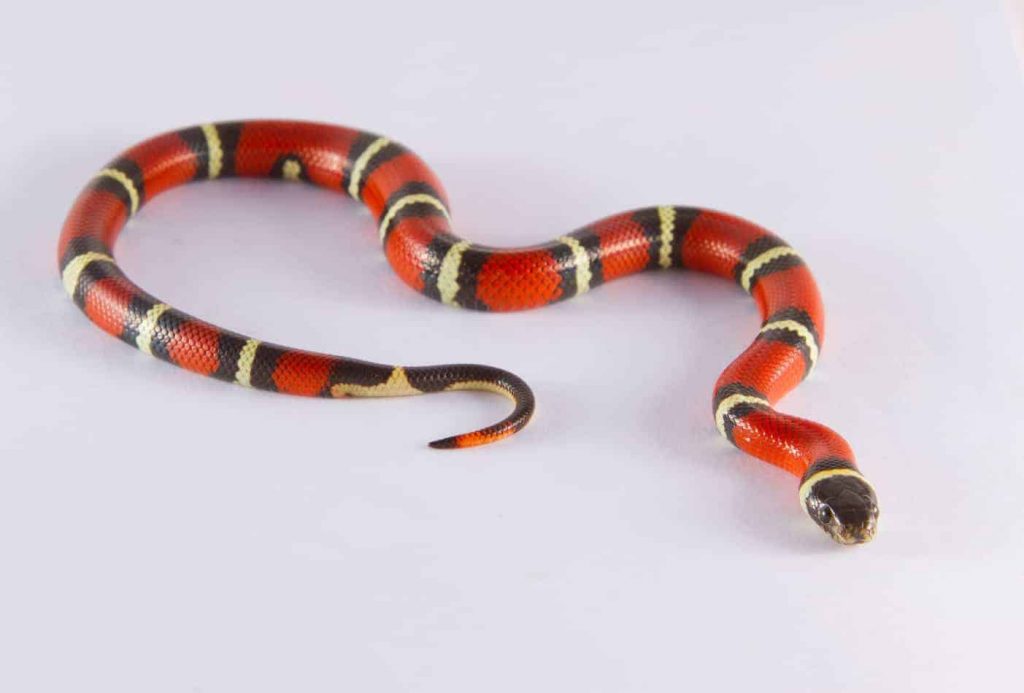Are you curious about the cost of owning a milk snake? Have you asked yourself, “how much is a milk snake?” Well, look no further! In this article, we are going to unravel the mystery of how much a milk snake costs. We will discuss the initial purchasing price, ongoing care and maintenance, and potential additional costs. So, if you’re interested in learning about the price of owning a milk snake, read on!
Types of Snakes
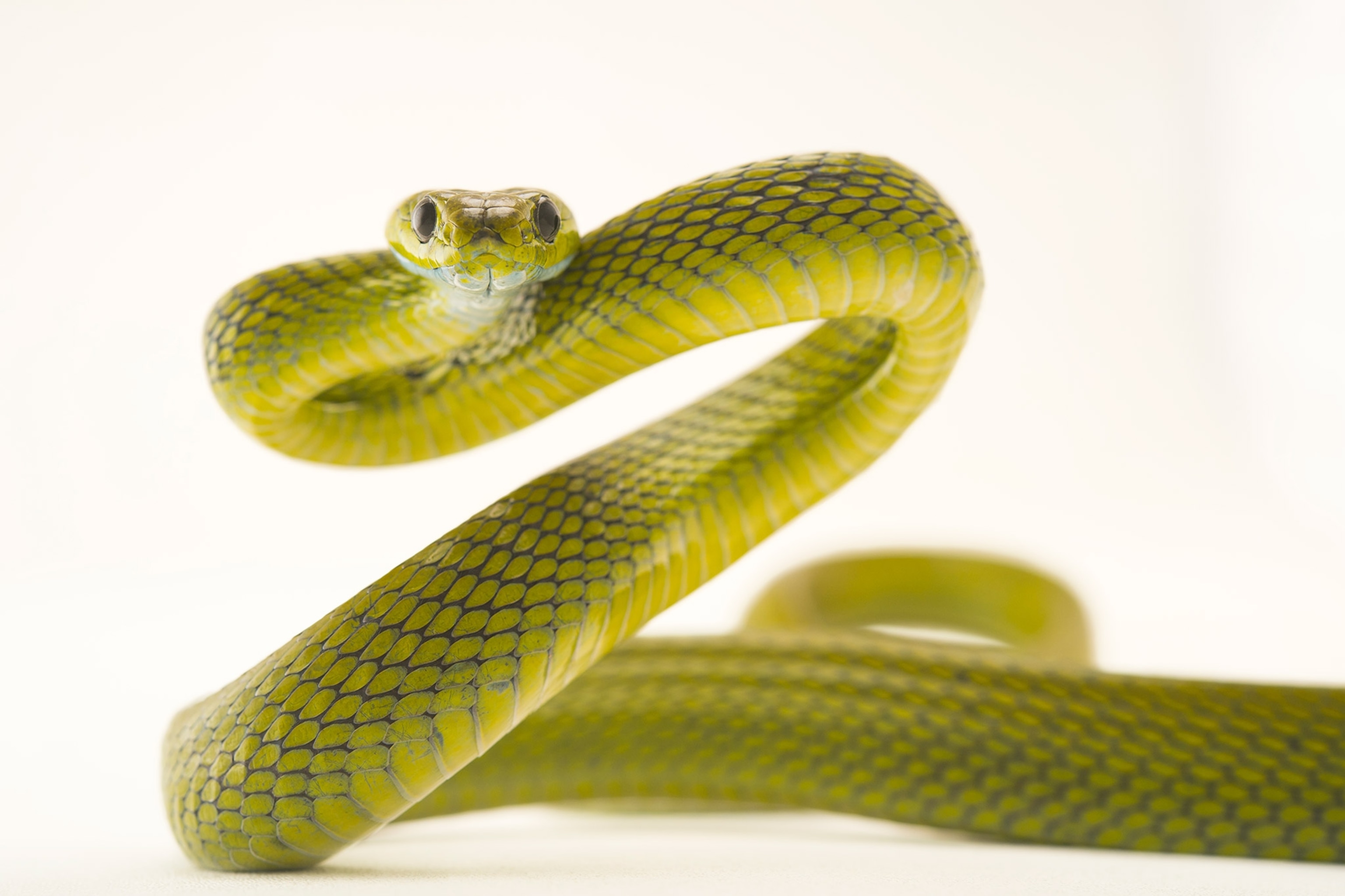
| Name | Size | Appearance | Habitat |
|---|---|---|---|
| Milk Snake | 2-5 feet | Red, black and yellow bands | North and Central America |
| Corn Snake | 3-5 feet | Orange, yellow and black checkerboard pattern | Southeastern United States |
| Reticulated Python | 13-20 feet | Diamond shaped markings on a tan background | Southeast Asia |
| Viper | 1-6 feet | Patterns and colors vary | Worldwide |
Snakes come in a variety of shapes, sizes, and colors. Milk snakes, corn snakes, reticulated pythons, and vipers are some of the most common types of snakes kept as pets. Milk snakes are small and typically grow to 2-5 feet in length. They have a distinctive pattern of red, black and yellow bands. Milk snakes are found in North and Central America. Corn snakes grow to 3-5 feet in length and have an orange, yellow and black checkerboard pattern. They are native to the southeastern United States. Reticulated pythons can grow to 13-20 feet in length and have diamond shaped markings on a tan background. These snakes are found in Southeast Asia. Vipers are the most diverse type of snake, ranging in size from 1-6 feet. They come in a variety of patterns and colors, and can be found in many parts of the world.
Description of Milk Snake
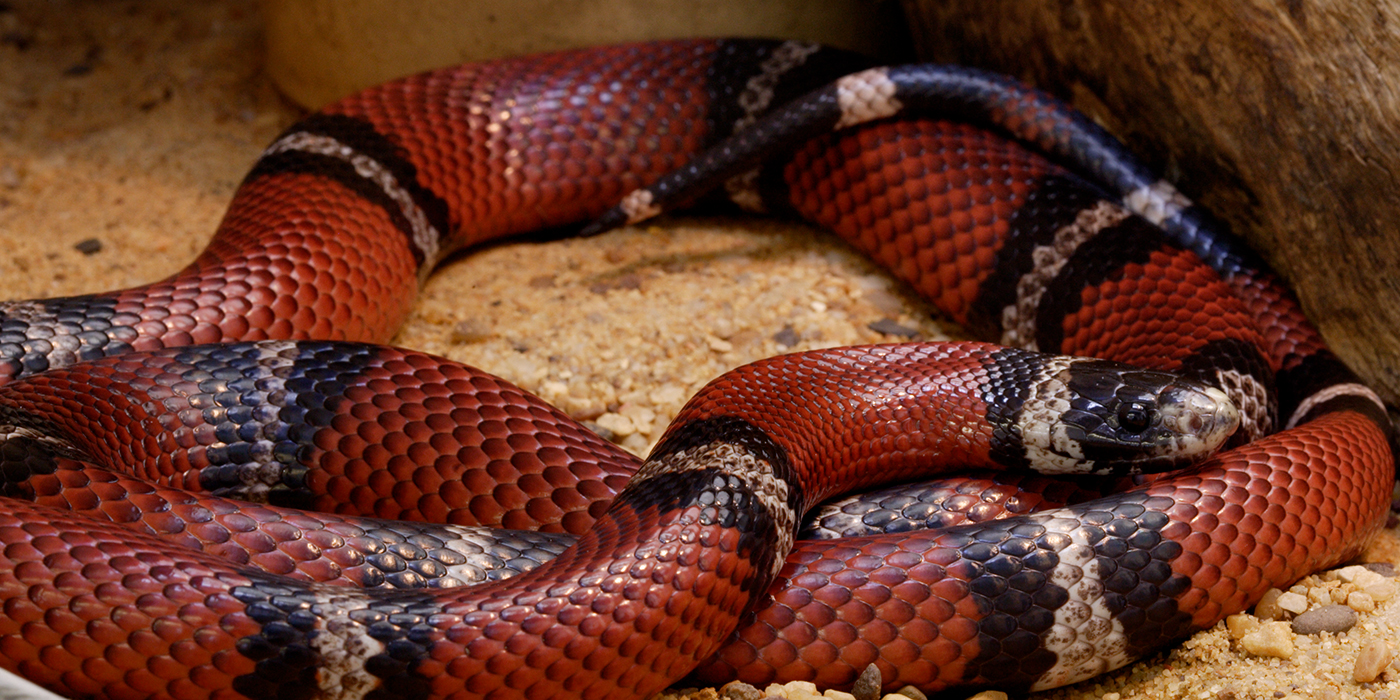
Milk snakes are medium-sized, non-venomous snakes found in North and Central America. They are part of the Colubrid family, which includes more than 2,000 species of snakes. Milk snakes typically range in size from 10 to 60 inches in length, and they have a slender body with a pointed head and long tail. They are commonly found in a variety of habitats, including forests, grasslands, and deserts.
The coloring of milk snakes is highly variable, but they usually have a base color of red, black, white, yellow, or orange. These colors are arranged in bands, stripes, or blotches, and they can range from solid bands to intricate patterns. Some milk snakes also have a distinctive white line running down the back of their bodies.
| Characteristic | Description |
|---|---|
| Average Length | 10 to 60 inches |
| Body Shape | Slender, pointed head and long tail |
| Habitat | Forests, grasslands and deserts |
| Color | Red, black, white, yellow or orange |
| Patterns | Stripes, bands or blotches |
| Markings | White line running down back of body |
Where to Buy a Milk Snake
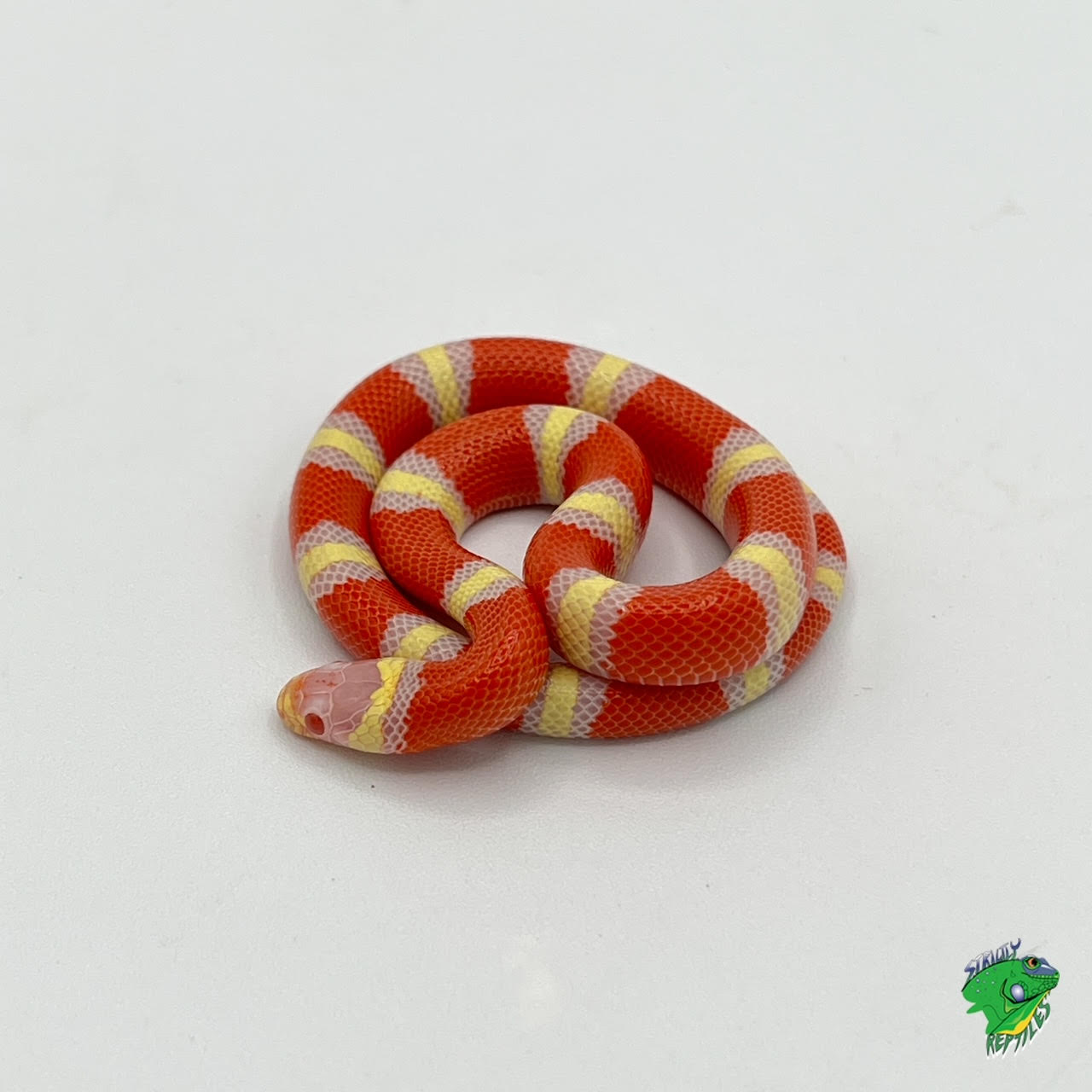
Milk snakes are typically purchased from pet stores, reptile shows and breeders. Prices vary depending on the species, color, size and age of the snake. Generally, a baby milk snake will cost between $30 and $50 while an adult can range from $50-$150. Many breeders will also offer discounts for buying multiple snakes. When considering purchasing a milk snake, research the seller’s reputation to ensure the health of the snake. Additionally, some pet stores may offer warranties or guarantees with the purchase of a snake.
Cost of Milk Snake
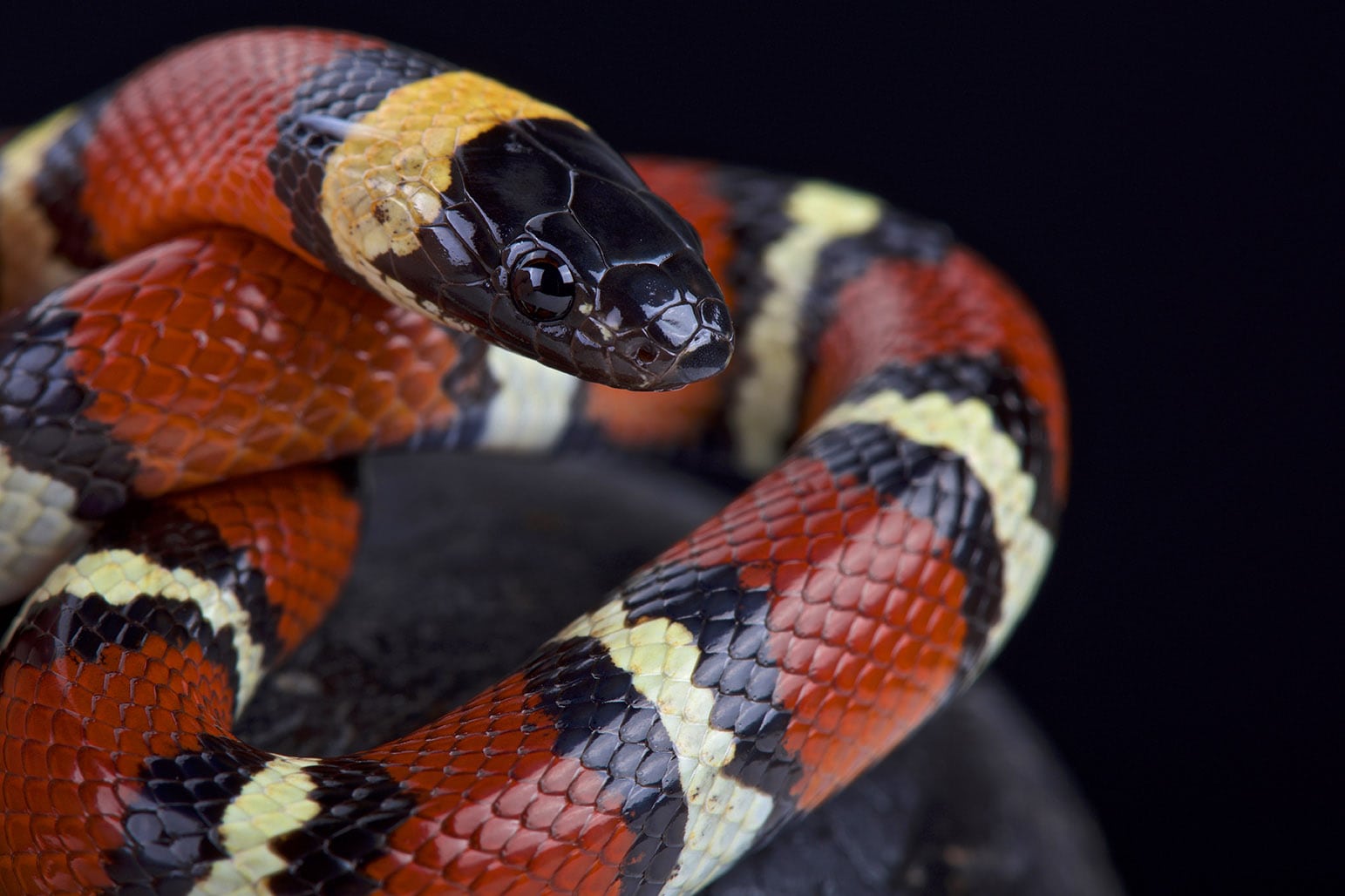
Milk snakes are generally inexpensive and can range from $25-$100 USD, depending on size, color, and locality. Captive-bred snakes are usually more expensive than wild-caught snakes. They can also cost more if they have unique color morphs or unique patterns. Some rarer species of milk snakes can cost up to several hundred dollars.
How to Care for Milk Snake

Milk snakes are hardy reptiles that can make enjoyable pets. They require regular care and maintenance to stay healthy, so it is important to understand the specifics of milk snake care. Here are the basics of caring for a milk snake.
Housing: Milk snakes need an enclosure that is at least 18x18x24 inches. A larger enclosure is preferable. Provide a secure lid to keep the snake from escaping. The enclosure should have a substrate, such as aspen shavings, to help retain moisture. Provide hiding spots and perches inside the enclosure.
Temperature and Humidity: Milk snakes need temperatures between 75-85°F during the day and 65-70°F at night. A basking spot of 90-95°F should also be provided. Humidity should stay between 40-60%.
Feeding: Milk snakes should be fed pre-killed mice or rats. Offer food items that are the same size as the snake’s mid-body width. Feed juvenile snakes every 5-7 days and adult snakes every 10-14 days.
Handling: Milk snakes should be handled with care. They are easily stressed and should not be handled too frequently. When handling a milk snake, be sure to support its entire body.
Cleaning: The enclosure should be spot-cleaned regularly and completely cleaned every 2-3 months.
Health Care: Milk snakes should be taken to a veterinarian every 6-12 months for a checkup. It is important to watch for any signs of illness, such as changes in appetite, weight loss, or unusual behaviors.
By following these guidelines, you will be able to provide a safe, healthy environment for your milk snake.
Common Health Issues

- Respiratory Infections: Milk snakes can be prone to respiratory infections, which can be caused by humidity levels being too high.
- Mouth Rot: This is caused by bacteria that can occur in the mouth, which can be treated with antibiotics.
- Parasites: Parasites can cause weight loss and poor appetite in milk snakes.
- Injuries: Injuries can occur due to improper handling or enclosure setup.
- Dehydration: Milk snakes can become dehydrated due to lack of access to drinking water.
Feeding and Diet
Milk snakes primarily feed on small rodents, such as mice, rats, and gerbils. They may also take lizards, frogs, and bird eggs. In captivity, they should be fed frozen-thawed rodents, as live prey can be dangerous. They should be fed once a week and be offered as much as they can eat in 10-15 minutes. As they grow older, they may need to be fed more often. It is important to provide a variety of food items to ensure a balanced diet.
Breeding Milk Snakes
Milk snakes are a type of colubrid, which is a family of non-venomous snakes. Breeding these snakes can be a rewarding experience, both for the snake enthusiast and for the species as a whole. The cost of setting up a breeding program for milk snakes varies, depending on the location, the size of the breeding colony, and the type of snake being bred.
A breeding enclosure for milk snakes should be large enough to accommodate multiple adults, and should include a large water source. Heating and lighting should also be provided to simulate natural conditions. The enclosure should also have plenty of hiding spots, such as logs and rocks, for the snakes to retreat to.
In order to breed milk snakes, a male and female should be introduced to the same enclosure. The male will then court the female, and if she is receptive, she will lay eggs. The eggs should be removed from the enclosure and incubated until they hatch.
Once the eggs are hatched, the hatchlings should be separated into individual enclosures and given plenty of food, such as crickets or mealworms. It is important to monitor the growth of the hatchlings and to provide a variety of hiding spots and a warm basking area.
The cost of breeding milk snakes can vary, depending on the size of the breeding colony and the type of snake being bred. It is important to research the costs associated with setting up a breeding program before attempting to breed milk snakes.
| Expense | Cost |
|---|---|
| Enclosure | Varies |
| Heating and lighting | Varies |
| Food | Varies |
| Incubation supplies | Varies |
Frequently Asked Questions
What is a Milk Snake?
A milk snake is a nonvenomous species of colubrid snake. They can grow up to 4 feet in length and have a distinctive pattern of red, black, and white stripes. Milk snakes are native to parts of North, Central and South America and can live up to 20 years in captivity. They are docile creatures, making them a popular choice for pet owners.
How much does a milk snake typically cost?
Milk snakes generally cost between $20 and $150 depending on their age and size. Captive-bred milk snakes are typically more expensive than wild-caught ones. High-end morphs, such as albinos, can cost up to $200.
What are the Factors That Influence the Price of a Milk Snake?
The price of a milk snake depends on a number of factors, such as its size, color, pattern, and lineage. Generally, larger and more brightly colored milk snakes cost more, as do those with rare patterns or from lineages with desirable traits. Prices also depend on the age and health of the snake as well as the location and reputation of the breeder.
What other costs should I be aware of when purchasing a milk snake?
In addition to the cost of the snake itself, potential owners should factor in food, habitat, and veterinary care. Food costs vary depending on the type of food purchased, as well as the age and size of the snake. A habitat for a milk snake should include a cage, substrate and decorations. Depending on the type of cage and accessories, the costs can add up. Also, regular veterinary checkups should be scheduled to ensure the snake is healthy and to address any potential issues.
Are there any cost-effective alternatives to buying a milk snake?
Adopting a milk snake from a rescue organization or animal shelter may be an option for those who want to own a milk snake but are on a tight budget. Additionally, breeders often have older snakes available for sale at discounted prices. These snakes may have been returned from previous owners or may have been part of a breeder’s breeding program. Furthermore, there are a number of other snake species that are similar in size, appearance, and temperament to milk snakes. These species may be available at a lower cost than a milk snake.
Conclusion
Milk snakes can cost anywhere from $20 to $350, depending on their size and color. Generally, the more vibrant the color of the snake, the higher the price. Those looking for a milk snake should research potential breeders, and make sure they purchase the snake from a responsible source. Additionally, potential owners should have the proper habitat, food, and veterinarian care set up before bringing a milk snake into their home. With the right care and attention, milk snakes can make excellent pets.
